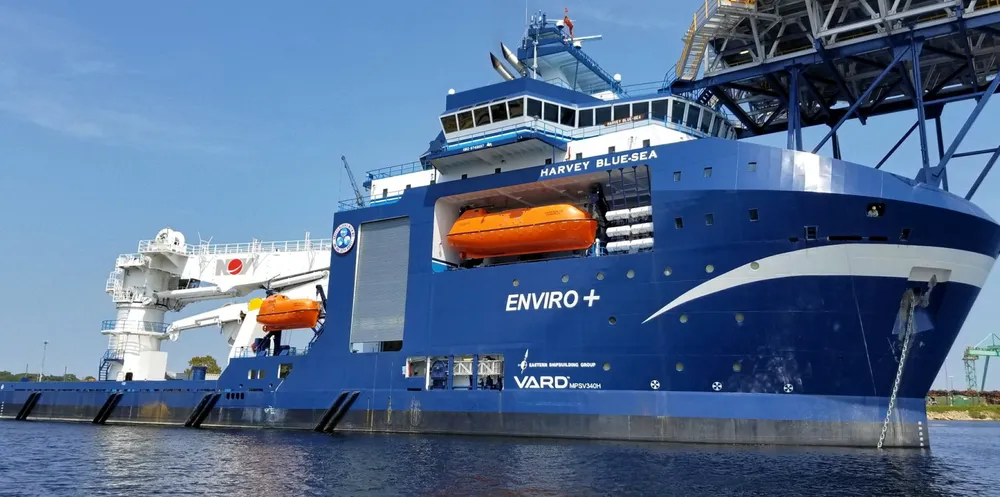'Batteries, hydrogen and pig gas: going greener is transforming offshore support vessels'
OPINION | Soaring demand for ships to serve sectors such as wind will mean OSVs tapping new technologies to meet ever stricter emissions standards, writes Wei Huang
